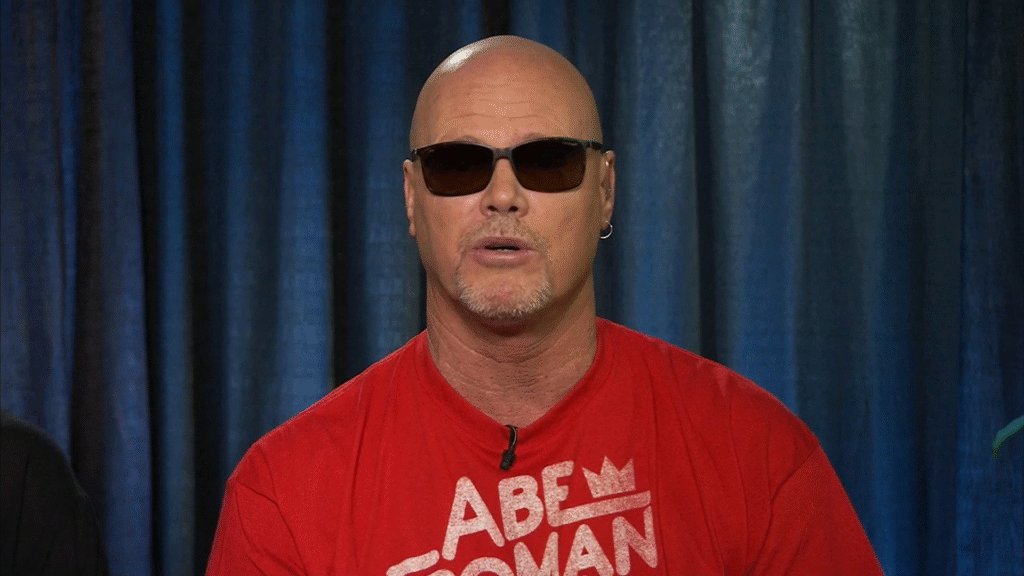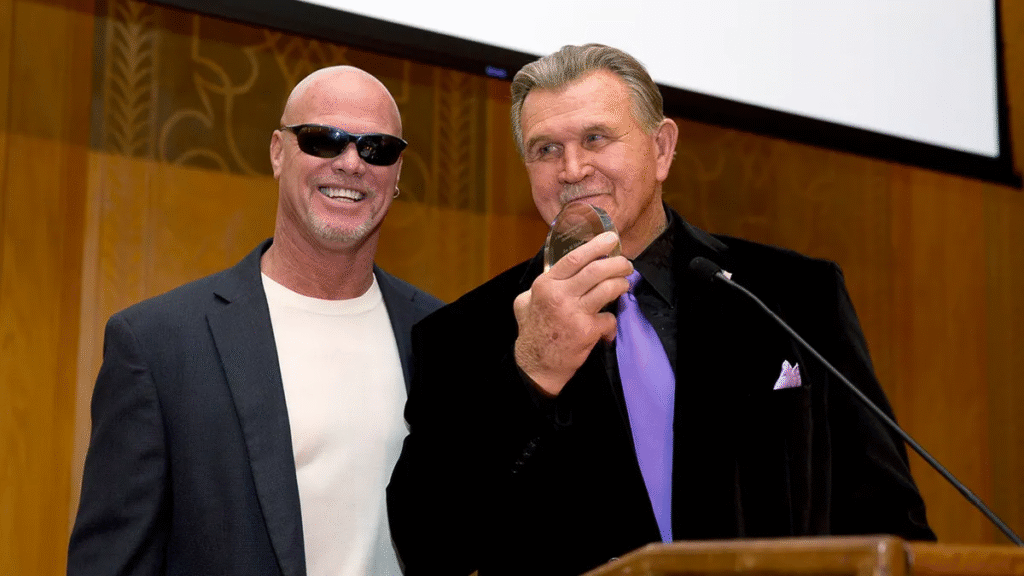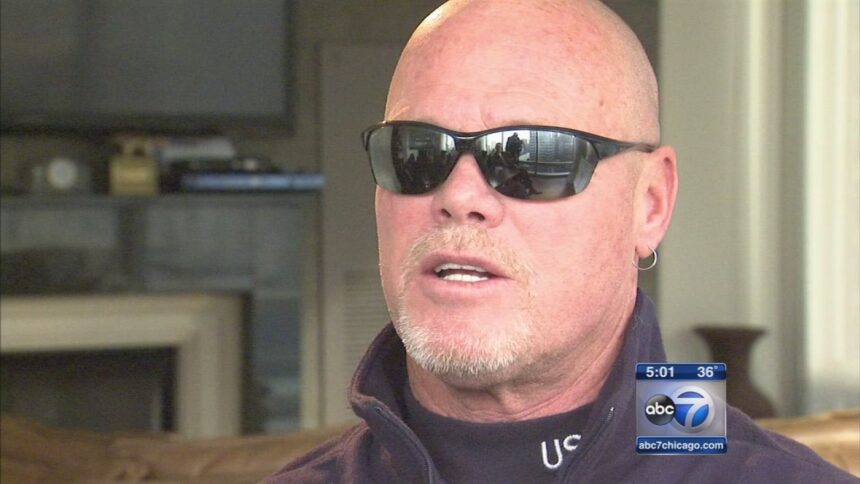Jim McMahon, a famous NFL quarterback known for his time with the Chicago Bears, has faced serious health challenges over the years. His story is about sports glory, struggles with his body and mind, and hope for recovery. Let’s explore his health journey in a way anyone—even kids—can understand.
Jim McMahon’s Health Journey So Far
Jim McMahon started as a strong and fearless quarterback, leading the Chicago Bears to a Super Bowl victory in 1985. But all those years of hard hits and tackles began to take a toll on his body and brain. After retiring, Jim started to experience severe headaches, memory loss, and neck pain. He has talked openly about the daily pain he lives with.
In interviews, Jim shared how sometimes he felt lost because his mind wasn’t working like it used to. He said it was scary to forget simple things like people’s names or where he was going. His health journey shows how the tough life of professional football can leave long-lasting effects.
Why Did Jim McMahon Get Sick?
Jim McMahon’s sickness comes mostly from repeated head injuries he suffered during his NFL career. These injuries caused concussions, which are like brain bruises. Over time, they added up and led to a disease called CTE (Chronic Traumatic Encephalopathy).
CTE happens when the brain gets hit again and again. It can cause memory loss, mood swings, and even depression. Jim also had problems with his neck and spine because of tackles that crushed his vertebrae. These issues made him feel dizzy and gave him horrible headaches.
How Is Jim McMahon Feeling Today?
Today, Jim McMahon is doing a little better, but his health is still a daily battle. He has found ways to relieve some of his pain, but the symptoms of CTE and neck injuries have not completely gone away. He once said that some days are good, but others are very hard.

Small Wins in His Recovery
Jim McMahon started visiting doctors who helped fix some of the issues in his neck. After treatment, he said his headaches were less painful. He now sleeps better and feels clearer in his mind. He also uses medical cannabis to ease his pain and help his mood.
Challenges He Still Faces
Even with treatment, Jim still struggles. He often feels dizzy and sometimes has trouble remembering things. He also deals with depression, which is common for people with CTE. These problems remind him daily of the tough hits he took on the field.
Family and Friends Supporting Him
Luckily, Jim has strong support from his loved ones. His family and close friends help him manage his health. They make sure he gets to his doctor appointments and remind him to take his medicines. His teammates have also rallied around him, showing the brotherhood of football doesn’t end after retirement.
Jim McMahon’s Health Treatments
Jim McMahon’s treatments focus on both his brain and his body. Doctors realigned his neck to improve blood and spinal fluid flow, which reduced pressure in his head. This gave him big relief from headaches and foggy thinking.
He also uses medical cannabis as part of his therapy. Jim says it helps him sleep, calms his anxiety, and reduces pain better than traditional pills. Many former NFL players now use similar treatments after seeing Jim’s results.
On top of this, Jim follows a healthier lifestyle. He exercises carefully, eats better, and does brain exercises to keep his mind sharp.
Can Jim McMahon’s Story Help Others?
Yes! Jim McMahon’s story has raised awareness about CTE and the dangers of repeated head injuries in sports. Parents, coaches, and young athletes can learn from his struggles. He encourages kids to wear proper helmets, follow safety rules, and speak up if they get hit in the head.
By sharing his journey, Jim is helping change the way football and other contact sports handle concussions. He hopes future players won’t have to suffer like he did.
What Doctors Say About Jim McMahon’s Health
Doctors agree Jim’s symptoms are linked to his football career. Repeated hits to the head damaged his brain over time, causing CTE. They stress that early care and prevention are key to protecting athletes.

CTE and Its Symptoms
CTE often starts with small memory problems or mood changes. Over time, it can cause depression, anger, and even thoughts of suicide. That’s why it’s so important to catch these signs early.
How Early Care Can Help
If athletes get treatment after a concussion, they can lower the chances of long-term damage. Rest, therapy, and medical checks are vital. Doctors now recommend stricter rules in sports to protect players from head injuries.
Jim McMahon’s Message for Young Athletes
Jim tells young players to “play smart.” He says sports are fun but protecting your brain is more important than any game. He wants kids to listen to their bodies and take breaks if they feel dizzy or hurt after a hit.
Thoughts on Jim McMahon’s Health
Jim McMahon’s health story is both sad and inspiring. It shows how hard life can get after a career in pro football, but it also shows hope. Even after years of pain, Jim is fighting back. He uses his voice to warn others and to push for safer sports.
The Bottom Line
Jim McMahon’s health journey teaches us important lessons about courage, support, and safety. Though his struggles with CTE and neck injuries are tough, he keeps moving forward with the help of his family and doctors. His story reminds all of us—kids and adults—to care for our bodies and minds, especially in sports.







